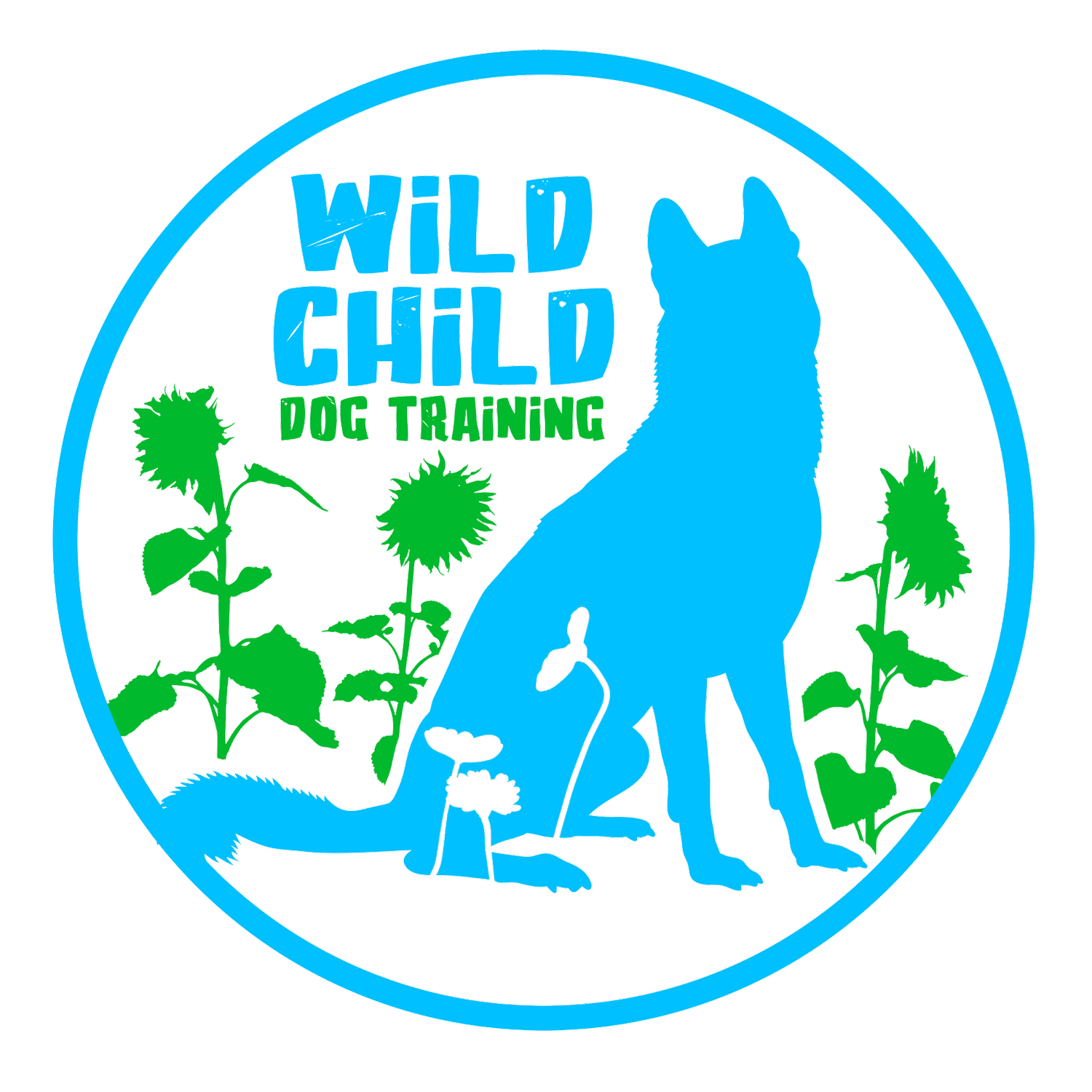Aggressive Dogs
Aggressive dogs seem to be a hot topic lately. For example, a dog that has previously shown aggression in a shelter environment was adopted out and actually mauled the owner to death. It’s a grim fate, and one we seem to hear more and more often than we did 20 years ago.
A number of factors can play into aggression, and I can honestly tell you there have only been a case or two I’ve seen of true aggression, which unfortunately required euthanasia, in the last 10 years of training dogs. Here’s the thing: dogs communicate with their sounds, tail, space, ears, eyes, posture, and mouth. Showing teeth, snapping, and biting is a form of communication to your canine friend. Typically, this type of communication is done after several other attempts to tell you or something else to back off. This is all communication, and because we speak a different language, we seem to miss the point until it’s too late.
So to break it down simply, here are some things you should look for. Please note this doesn’t encompass all body language but should give you an idea of what’s happening:
• Stiff body posture
• Raised hackles
• Direct staring (a hard stare)
• Growling/snarling
• Bared teeth
• Ears pinned back
• Lip lifting
• High stiff tail
• Lunging
• For my fear aggression, making space by backing away, generally paired with barking and tail tucked
Now, why do these magical creatures that we share our life with, cuddle with, and spoil start to show aggressive tendencies? Sometimes it’s genetics. For example, if you get a Cane Corso and don’t do your part in socializing, handling, etc., your Corso may be a threat to other humans. Or the pit bull from the shelter may be a threat to other dogs. Genetically, both dogs were bred for a purpose, one to guard against humans and the other for dog fighting. And what do we know about genetics? We can’t change them; we can only influence and manage.
So if you don’t have a genetically predisposed dog for aggression but yet your dog shows aggression, we would have to look at the whole picture on why your dog is demonstrating these behaviors. Is it because they are scared? Guarding a resource? Or lack of guidance, handling, and exposure has allowed a dog to go through life completely unchecked? Sometimes our dog’s aggression is a learned behavior to “survive” in your household. Depending on the intensity and/or how long it’s been happening, I would suggest a trainer to offer specific guidance for your scenario. But for this blog purpose, I’m going to give you a rundown for what we do with aggressive dogs:
• First, we build a relationship with the dog. This includes building trust, finding what your dog likes, and offering guidance through day-to-day activities.
• Once a relationship has been established, we get the dog moving and participating in a game (some sort of play). In this game, once the dog loves to play and engage with us, we start teaching life skills (communication, rules, etc.).
• We then move those life skills outside of the game and start applying them in day-to-day life. You should be able to effectively communicate with your dog and guide, as well as have the trust from the dog.
• If needed, we will work on trigger areas, for example grooming. Notice I put if needed; most of the time when you complete the above steps, the trigger seems to fade away and be a thing of the past.
Again, this is not a how-to blog but more of a place to get your gears turning. If you live with an aggressive dog, it is YOUR duty to keep others safe, yourself safe, and your dog safe. Part of doing that requires you to understand your dog’s aggression and where it’s coming from. While I don’t condone rescues or shelters or owners passing a dog with a bite record around to an unexpected adopter, I do believe if the signs are caught early enough for non-genetic aggressive dogs, there is a chance, but that requires you to put in the work and be honest with yourself and others. Sometimes when a dog has multiple bites, there is no rehab, and you have to do what’s right by your dog. Aggressive behaviors are not something to be taken lightly, and we must understand the communication behind it. I hope this offered some insight into your furry companion.
